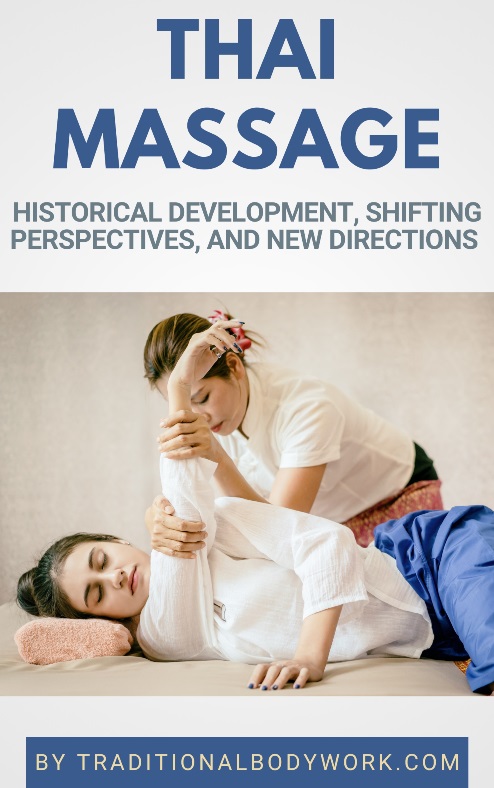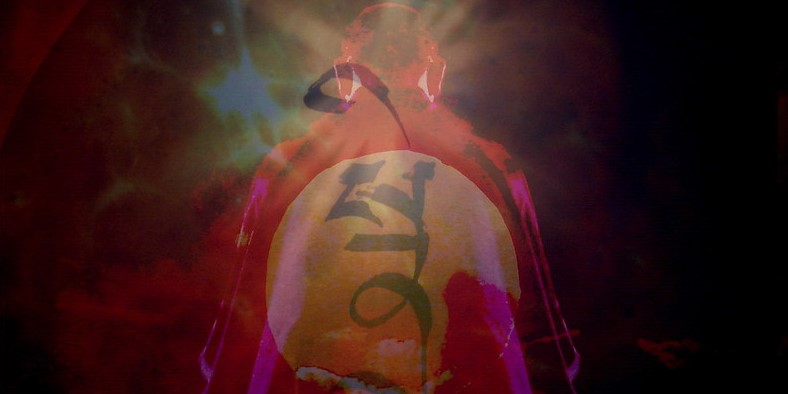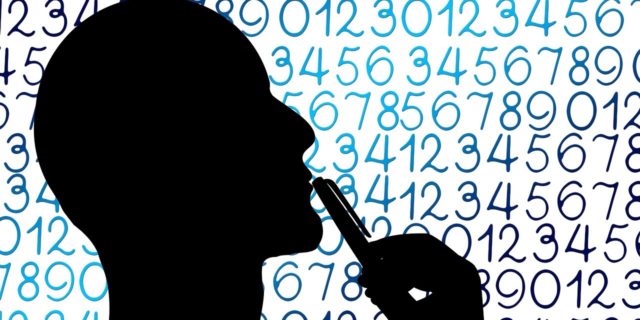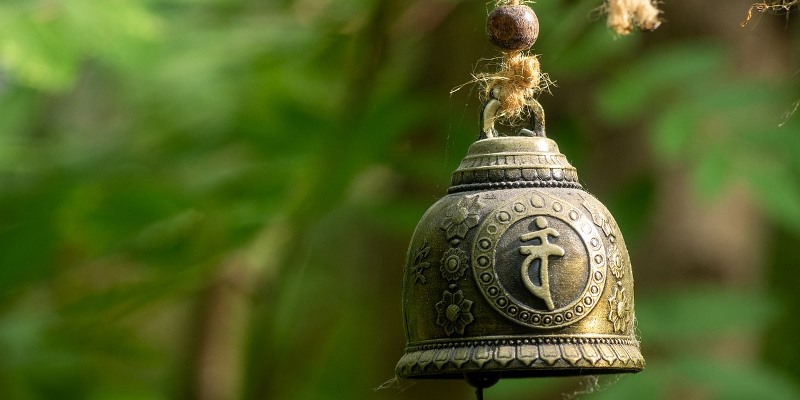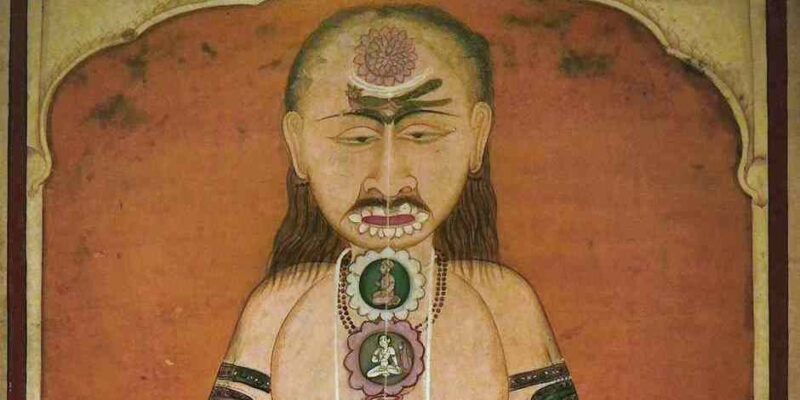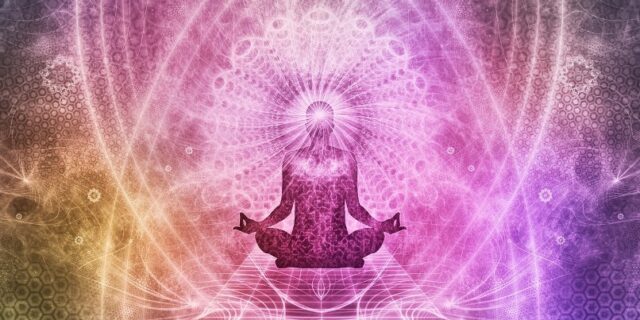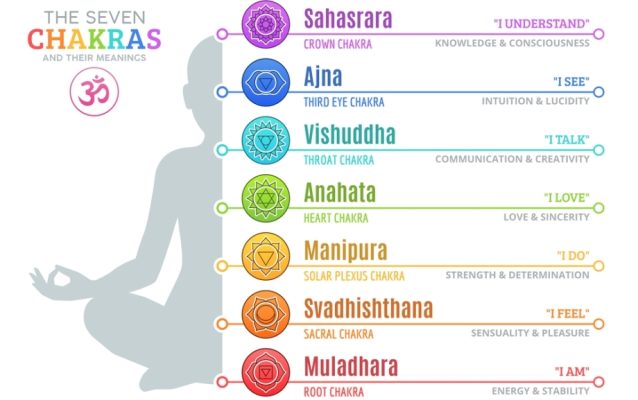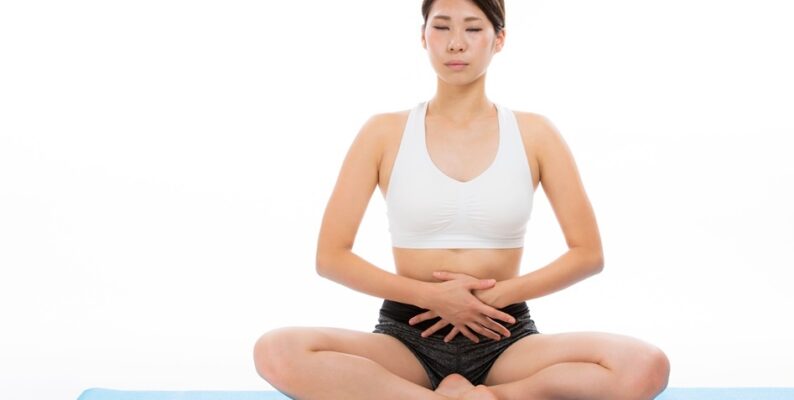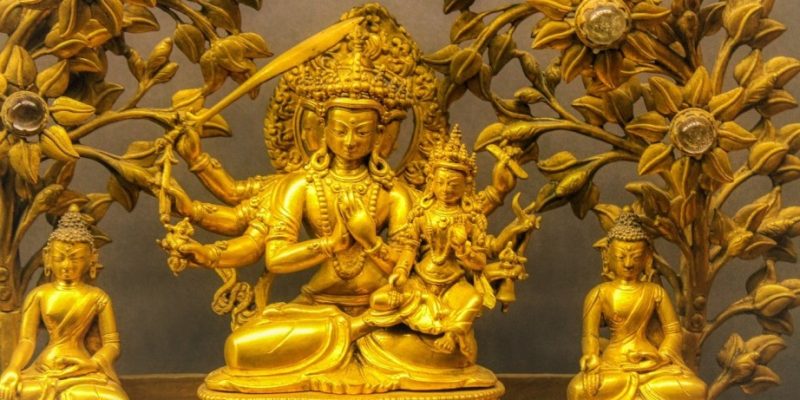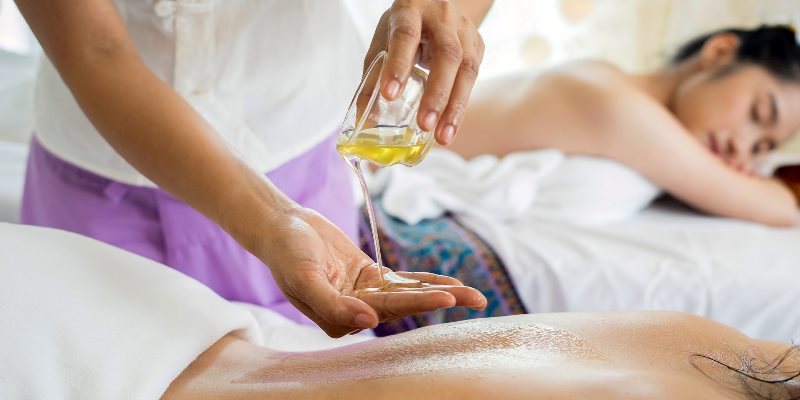
Kunye Tibetan Massage is an ancient therapeutic massage modality and officially part of the Traditional Tibetan Medicine system, also known as Sowa Rigpa.
Sowa Rigpa concepts are based on Indian Ayurvedic, Buddhist, Tantric and local indigenous principles, such as working with the five elements, the three humors (energies) Wind, Bile, and Phlegm, balancing energies, and manipulating energy points and energy channels to dissolve blockages of the flow of Life Energy, to give some examples of a very vast system.
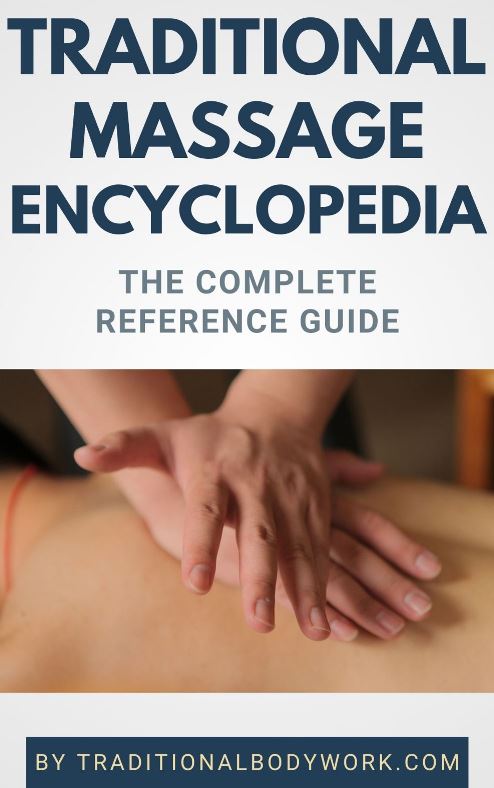
Kunye is also written as Ku Nye, Ku-Nye or Bsku Mnye. The two parts of the name, Ku and Nye, translate as “applying oil on the body” (Ku) and “massaging the body” (Nye), which is also how this massage treatment actually works.
That is, a Kunye massage session starts with penetrating i.e. rubbing in oil deeply into the body, which is then followed by deep tissue massage techniques to manipulate joints and muscles. After the session excess oil is cleansed i.e. wiped off. The receiver of a Kunye Massage usually lies on a massage table or an elevated construction.
Additionally, Kunye uses a system of Energy Points and Energy Channels in/on the body, which form the basis to treat a variety of health issues. Like in Traditional Thai Massage it’s thought that there are 72,000 energy channels, called Sen in Thailand and Tsa in Tibet.
Typically, the massage can apply a wide variety of additional techniques, such as hot and cold herbal compresses, hot stones, heated sand and salt compresses, fire cupping, assisted stretches, joint mobilization and pressure on therapeutic points (acupressure points).
The oils used can be rather for general relaxation, but in the case of actual therapeutic work a specific mix of herbal oils is prepared that addresses the needs of the receiver.
Kunye Massage is popular in Tibet and surrounding countries (such as in India, Nepal, China, Mongolia, and Bhutan) applied by professionally trained practitioners and local healers. The treatment is used to tackle a range of health conditions, such as psychological disorders, stress and anxieties, tight muscles and joints, postural imbalances, digestive problems, women’s health issues, chronic pains, insomnia, and headaches, among a range of other conditions or discomforts.

